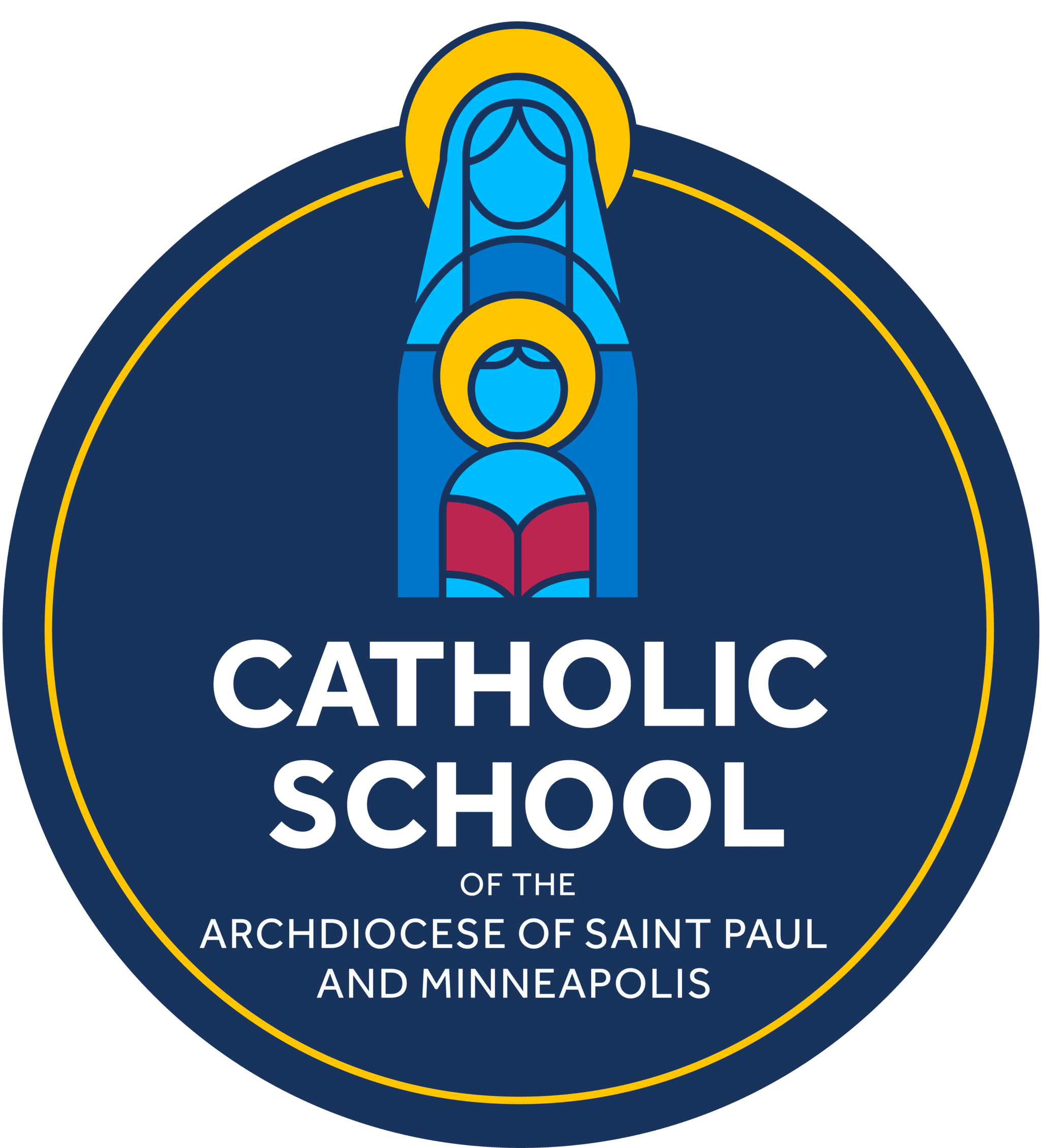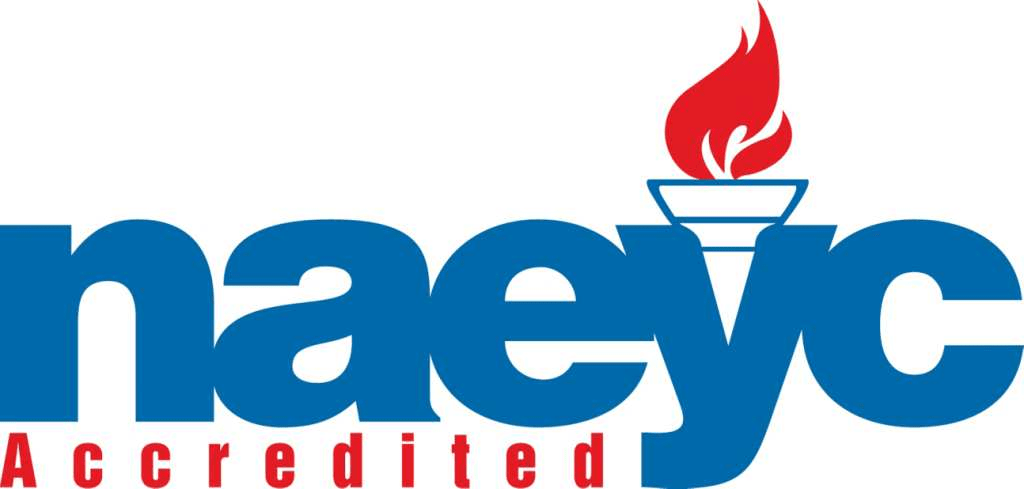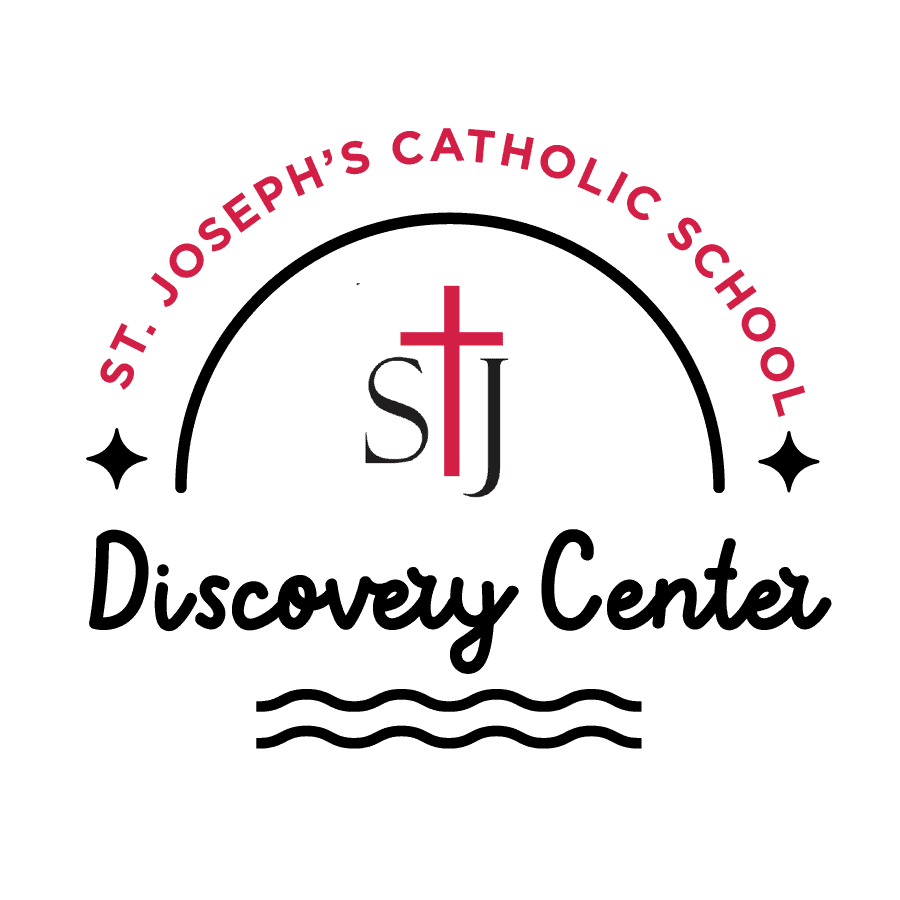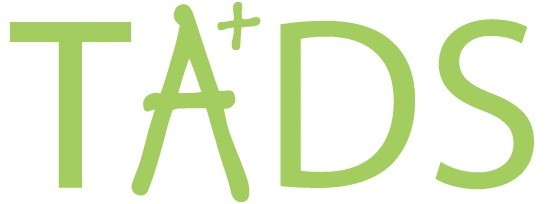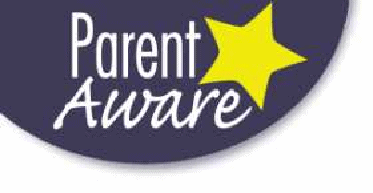In their first year of middle school, students are adjusting to a newfound independence and responsibility. Our fifth-grade faculty allows them to explore their academic and social environment, but new boundaries are introduced in our effort to develop good students and good citizens for the future.
Book-Alive in Christ. We will be exploring and learning about the seven sacraments of our Catholic Faith. We will also continue to explore the Saints. We will emphasize community service and Random Acts of Kindness in our daily life as we grow in our Faith.
Cycle A: Even Years
Land and Water Unit: Using a stream table, students explore different interactions between land and water, such as how runoff causes stream formation; how groundwater forms; how soil is eroded, transported, and deposited; and how water shapes the land. The unit Land and water invites students to manipulate their model, create hills, build dams, and grow vegetation to observe how these things affect land and water interactions. Students come to understand how water shapes the land and how, in turn the land directs the flow of water.
- Field Trip: Visit Lowry Nature Center each fall to investigate different water areas and the water cycle.
Electric Circuits: In Electric Circuits, students investigate electricity by wiring a circuit to light a bulb. They come to understand that a circuit must form a complete circle through which electric current can pass in order to light the bulb. Students use this knowledge to explore other electrical concepts, such as what conductors and insulators, diodes, and the symbolic language of electricity. Student apply what they learned in a final activity in which they design and implement a wiring plan for a cardboard house.
- Field Trip: At the beginning of our Electrical Circuits unit we visit the Bakken Museum. This field trip focuses on circuits and batteries. It is a great way to kick off the unit!
Microworlds: In Microworlds, students explore magnifiers, lenses and microscopes that can be used to extend the sense of sight to view objects in greater detail. By observing everyday objects with a variety of lenses, students learn that a magnifier must be transparent and curved. Students use a microscope, learn the functions of all its parts, and practice proper lighting and focusing techniques. Preparing their own slides, students are able to view onion skin under magnification. Students turn their attention to living specimens and view three microorganisms—Volvox, Blepharisma, and vinegar eels. Observing the structure of these microorganisms, and how they move, feed, grow, and multiply, develops the students’ sense of microbial life and interactions among living things and between living things and their environment.
- Field Trip: Students will return to the Lowry Nature Center to explore the Microorganism World that is in our backyard.
Cycle B: Odd Years
Ecosystems Unit: “students set up terrariums for crickets and isopods and aquariums that contain duckweed, algae, elodea, guppies, and snails. Connecting the two habitats to create an 'ecocolumn,' students observe the relationship between the two environments and the organisms living within them" (Carolina Science, 2014).
- Field Trip: Students will attend the Lowry Nature Center for an experience one living organisms and their ecosystem.
Motion and Design Unit "combines the physics of forces and motion with technological design. Students use plastic construction materials, weights, rubber bands, and propellers to design and build vehicles, then test how those vehicles respond to different forces of motion" (Carolina Science, 2014).
- Field Trip: Students will go to the Minnesota Science Museum.
Plant Growth and Development unit provides students with the opportunity to grow their own plants. "Using plants that complete their life cycle in 35 days, students are able to watch germination and maturation while learning about the specific parts of a plant and the function each serves" (Carolina Science, 2014).
Field Trip: Students will return to the Lowry Nature Center to observe plant growth and development.
In December, January, and February students participate individually in the science fair. Students come up with original ideas that follow either the scientific method. Students first research the concepts and then perform an experiment in order to solve the problem or scientific question that they have stated. Students are judged, and those with the top projects have the opportunity to move on to a diocesan-wide STEM fair.
Middle School Technology Consists of the following:
- One-to-One computing with iPads (grades 5 & 6) and laptop PCs (grades 7 & 8)
- Keyboarding Skill Development via typingclub.com
- Course-specific technology skills (word processing, spreadsheet, power point, etc.)
- Progressing through the Smart Lab curriculum.
- Use of cloud-based computing via Office 365 and Google G-Suite.
- Coding via the CS First Curriculum, which incorporates the Scratch programming language.
- Units in contemporary technology areas such as VR (virtual reality) and AI (artificial intelligence).
- Technology analysis thing regarding topics such as:
- Which Cloud is Best: Office 365 or Google G-Suite
- Mac v PC
- Database v Spreadsheet
- Dangers of screen time: what is enough and what is too much
Defined STEM or Project Based Learning(PBL) is C-STEM, the 2.0 version. The projects our students work on are as close to real life projects as you can get but without being on site!
PBL allows us to activate and apply the 4 C's of learning; Creativity, Communications, Critical Thinking and Collaboration in meeting 21st century learner needs. More importantly, our students are learning how to work together in groups to achieve a goal. Students learn to take responsibility for the group's performance.
The Design Challenges us to go even further in preparing our students for the future. They learn how to create awesome presentations, organizational dynamics, operational design, budgeting, marketing, and the role our Faith can play in our process.
Book-Math Expressions. Our curriculum centers around the student learner. Extending from 4th grade concepts that were introduced, we will explore further Fractions, Decimals, Word Problems, Algebra, Data Analysis, Measurement, Geometry, Volumes, Perimeter, Area, and both Two and Three Dimensional figures. Technology is used within the class to support the student’s growth.
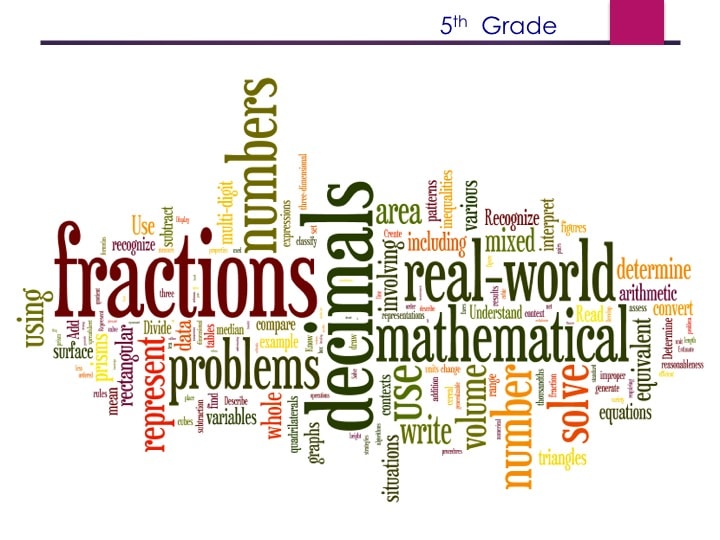
At this grade level, students are building literacy skills as they develop knowledge about the world. Students are reading both fictional and nonfictional texts with an increasingly critical eye to find the main ideas and supporting details. They use examples from the text when completing graphic organizers used to begin to write Narrative, Informational, and Opinion five-paragraph essays for the first time.
5th Grade Into Reading HMHCO curriculum covers multiple texts across different genres. The standards focus on synthesizing the text, comparing and contrasting story elements, figurative language, and analyzing the author’s purpose through main ideas, characters, multimedia tools, and supporting details. Standards are analyzed through both summative and formative assessments provided in the curriculum.
Students also participate in leveled 2-week long Book Clubs to use these standards in group discussions with hands-on project-based assessments. Additional supplements to the curriculum include an English textbook with exercises in grammar and mechanics; two vocabulary systems: weekly word lists based on the same Greek and Latin roots, synonyms, and antonyms. Students supplement their vocabulary with supported Grammar from Into Reading (HMHCO). Students practice skills on an online system called Waggle that allows students to refine their skills in the areas of Literature, Informational Text, Writing, Conventions of Standard English, and Knowledge of Language.
Cycle A: Even Years
The curriculum focuses on the United States and its regions. The children will learn about the geography, history, climate, and economy of each region. They will host a Presidential Wax Museum. Project-based learning STEM assessments will be used for each standard.
Cycle B: Odd Years
The curriculum focuses on Immigration, Westward Expansion, the Civil War, and Revolution. They will learn about how our government was built. Project-based learning STEM assessments will be used for each standard.

